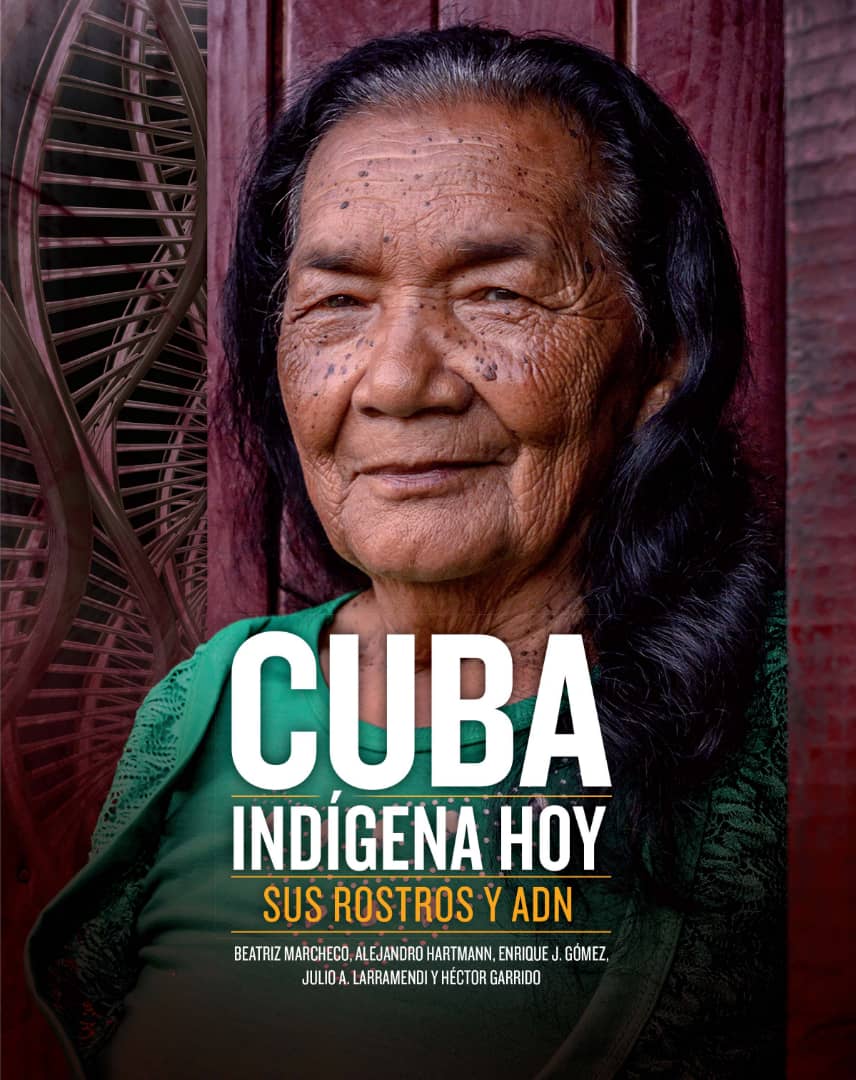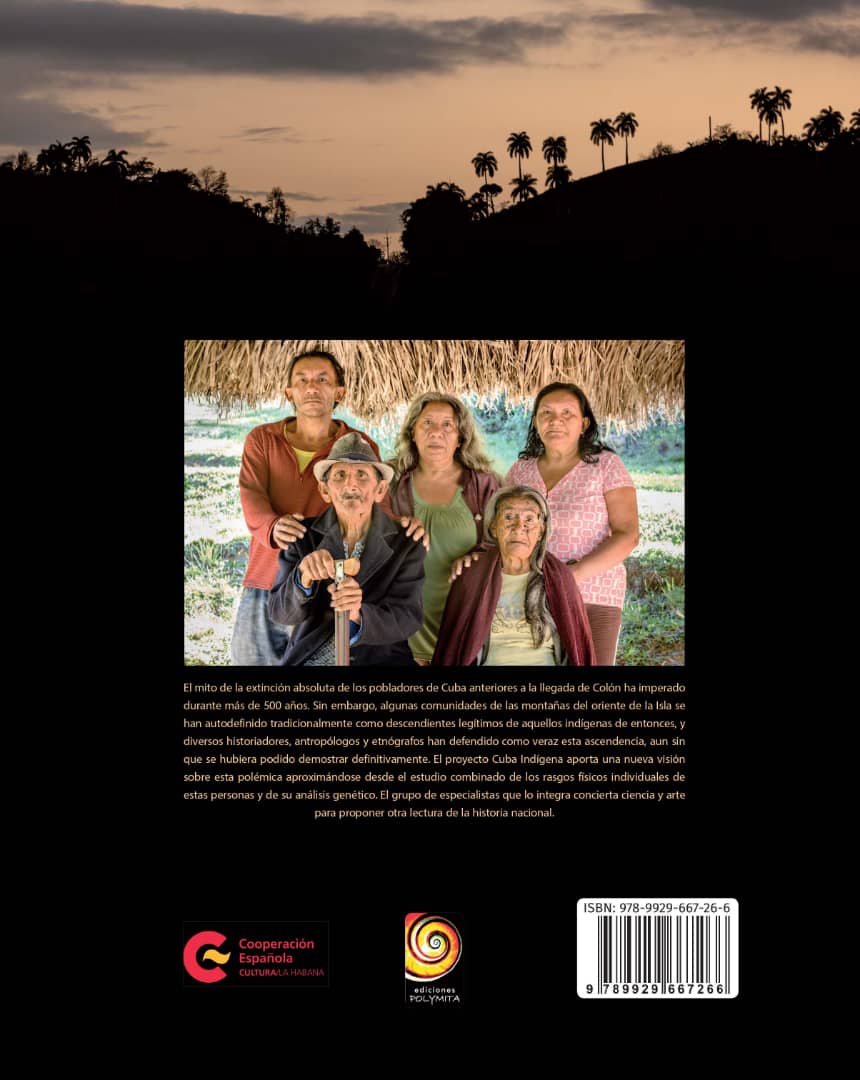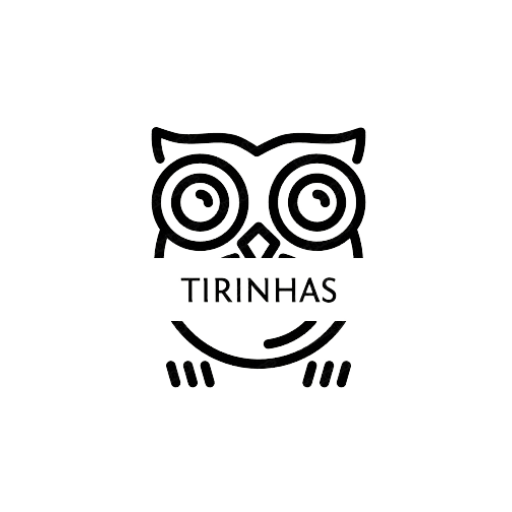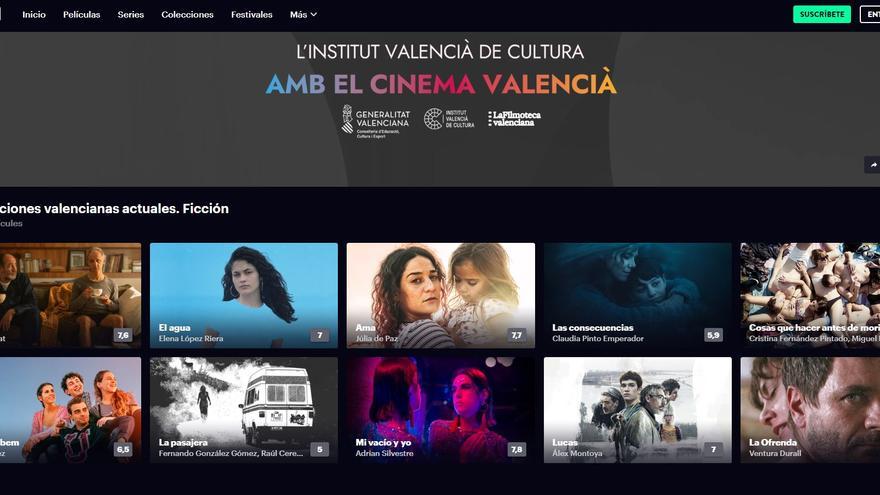Advertisements
A man dedicated to history and other passions never gave up: Alejandro Hartmann, historian of the city of Baracoa, the easternmost on the island and the first of the towns founded in 1512. An anthropologist to be precise, for four years he dedicated himself to study and research that the direct descendants of those primitive aborigines who were the first settlers still lived.

Today, to the astonishment of connoisseurs and lovers of national history, there are almost a hundred Cubans who, after DNA tests carried out in Europe, confirm their status as heirs or descendants of those first inhabitants of the islands, also called Indo-Americans. Thousands of others also have surnames and phenotypes.
Hartmann's appeal and call soon found support among photographers, anthropologists, geneticists, archaeologists, sociologists and the descendants themselves, basically located in intricate communities in the eastern province of Guantánamo, could not be excluded.
The list of those involved in “Cuba. indigenous people today. Their faces and DNA”, is endless. Some, to a greater extent, such as the Spanish Agency for International Cooperation for Development, and others that, however insignificant their role may be, have carried out a work of incalculable value destined to become an obligatory reference for the most learned specialist and for the most humble reader because he masterfully deals with this duality that is so difficult to achieve.
Special mention, and we must resort to this saying as old as it is true that a picture is worth a thousand words, to the behind-the-scenes work of Cuban Julio Larramendi and Spaniard Héctor Garrido.

The text, with excellent editorial, design and printing invoice, is already spreading like wildfire in several circuits. Each of its 215 pages is a delight to learn. There is no shortage of moments of great surprise, but there is one that, in a special way, requires applause and reflection. I quote verbatim:
“…today we can say that behind the eyes of the inhabitants of the mountains in the east of the island, the spirit of some Amerindian ancestors still beats. In the communities they already knew, they always knew. We were the ones who didn’t know.”
Thank you, “Cuba, indigenous today…”


